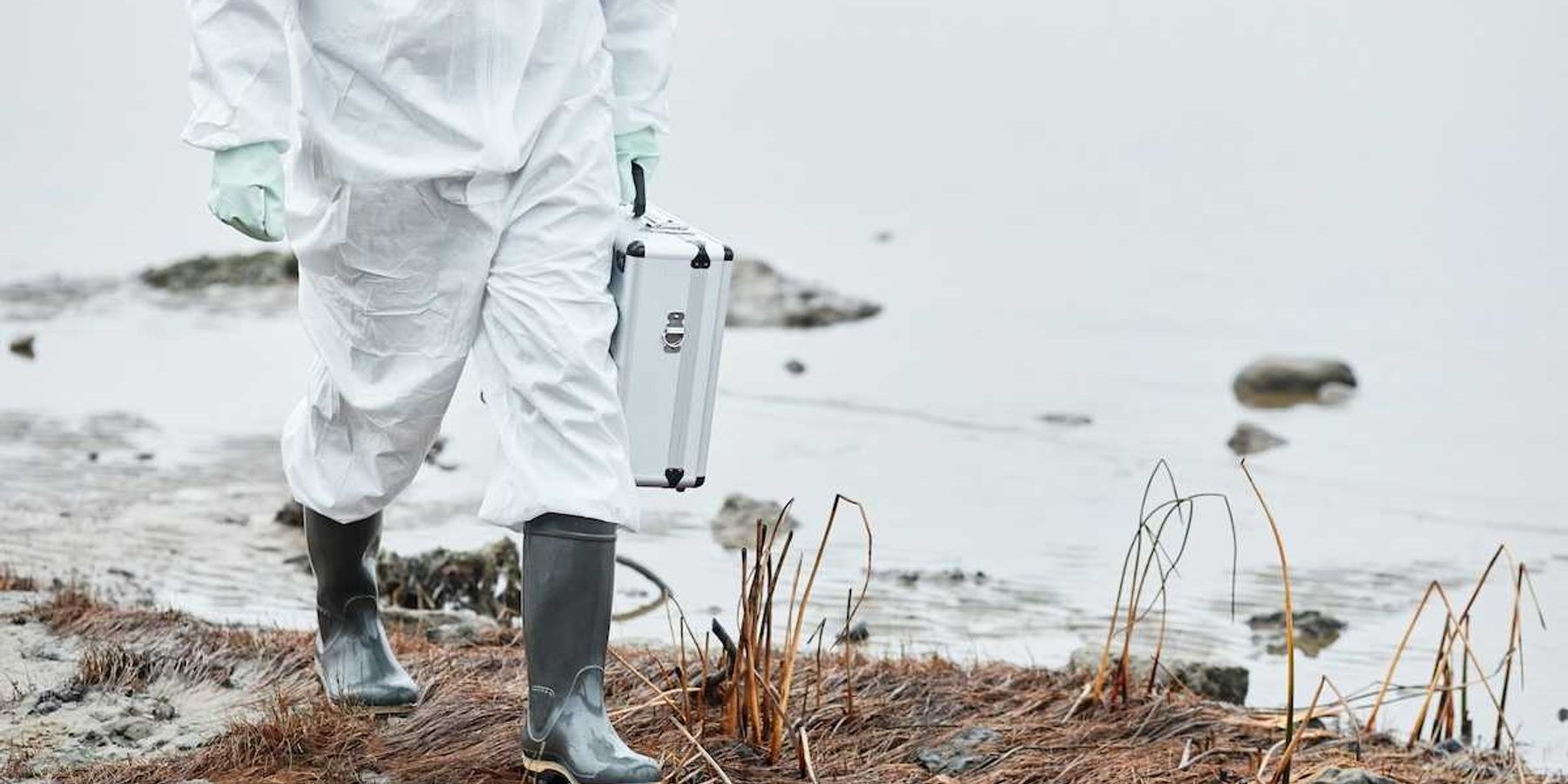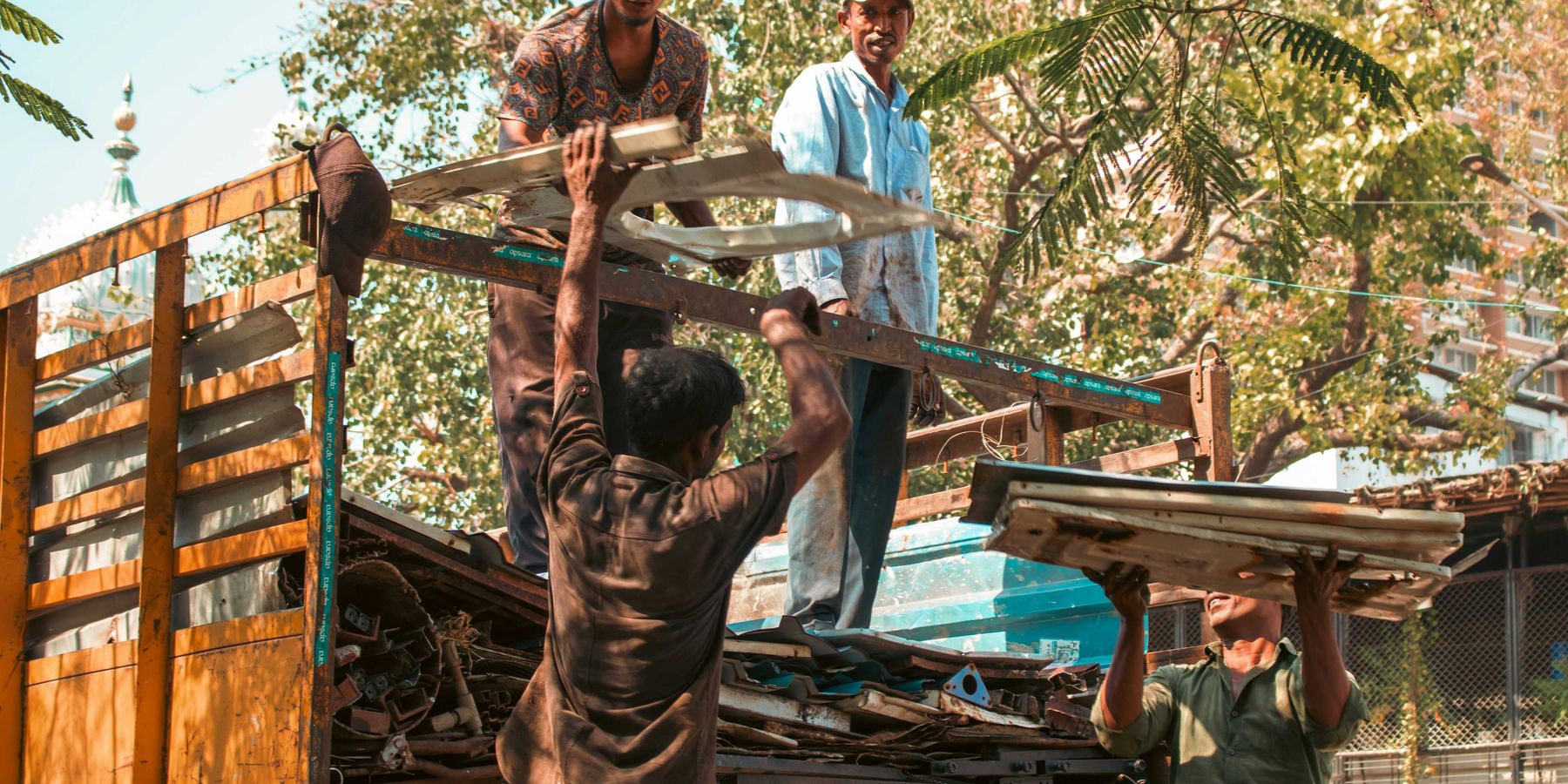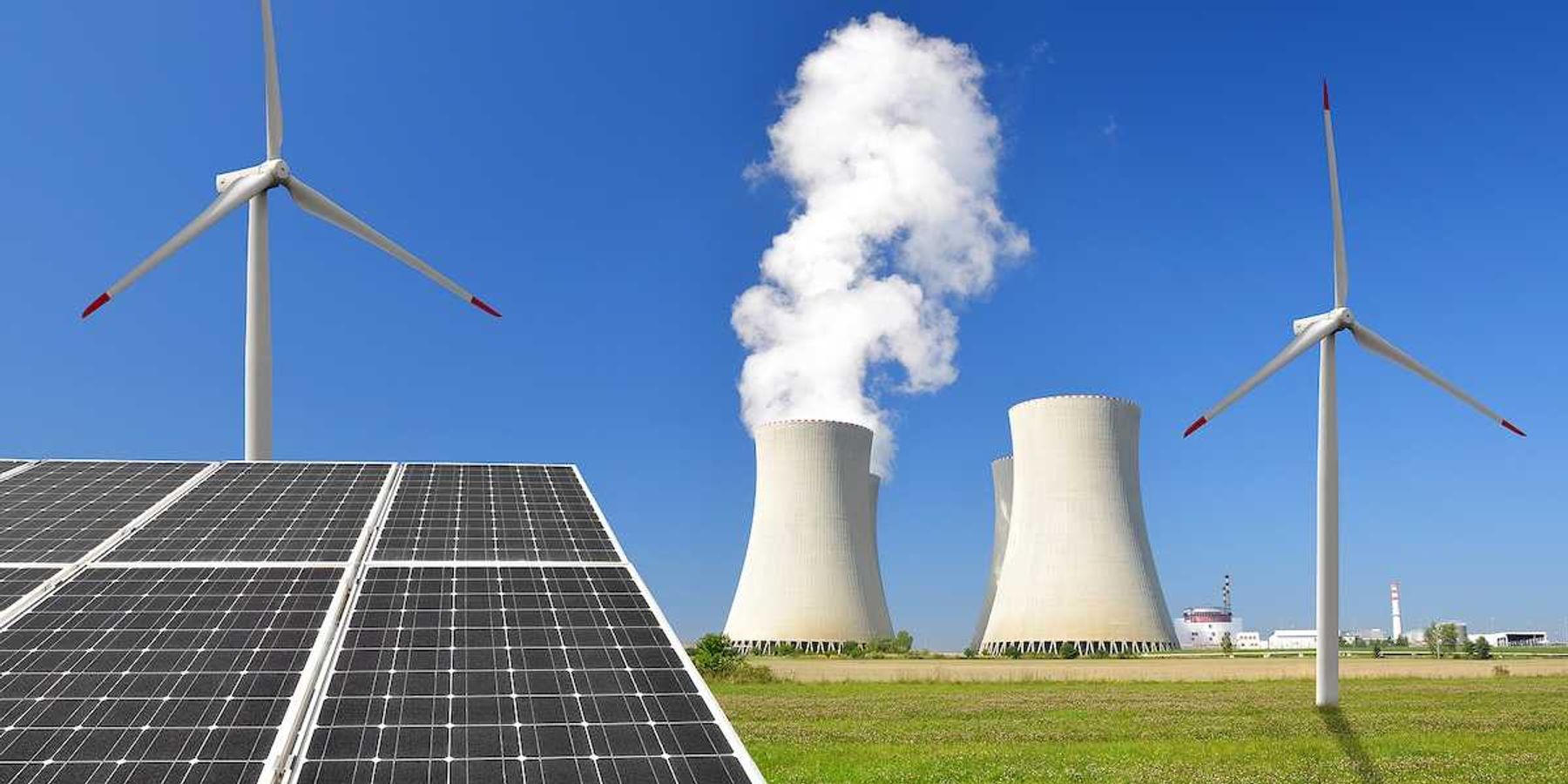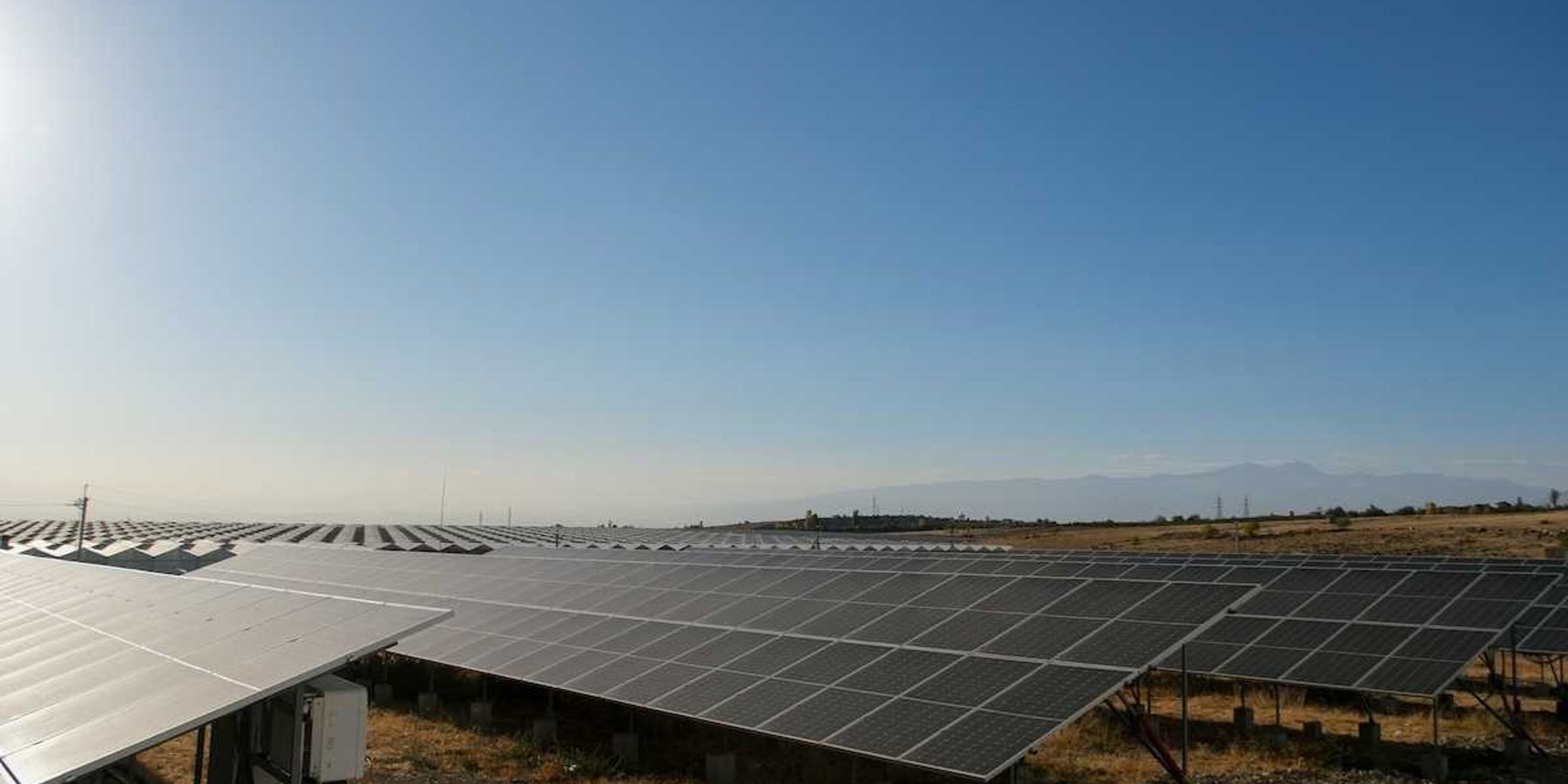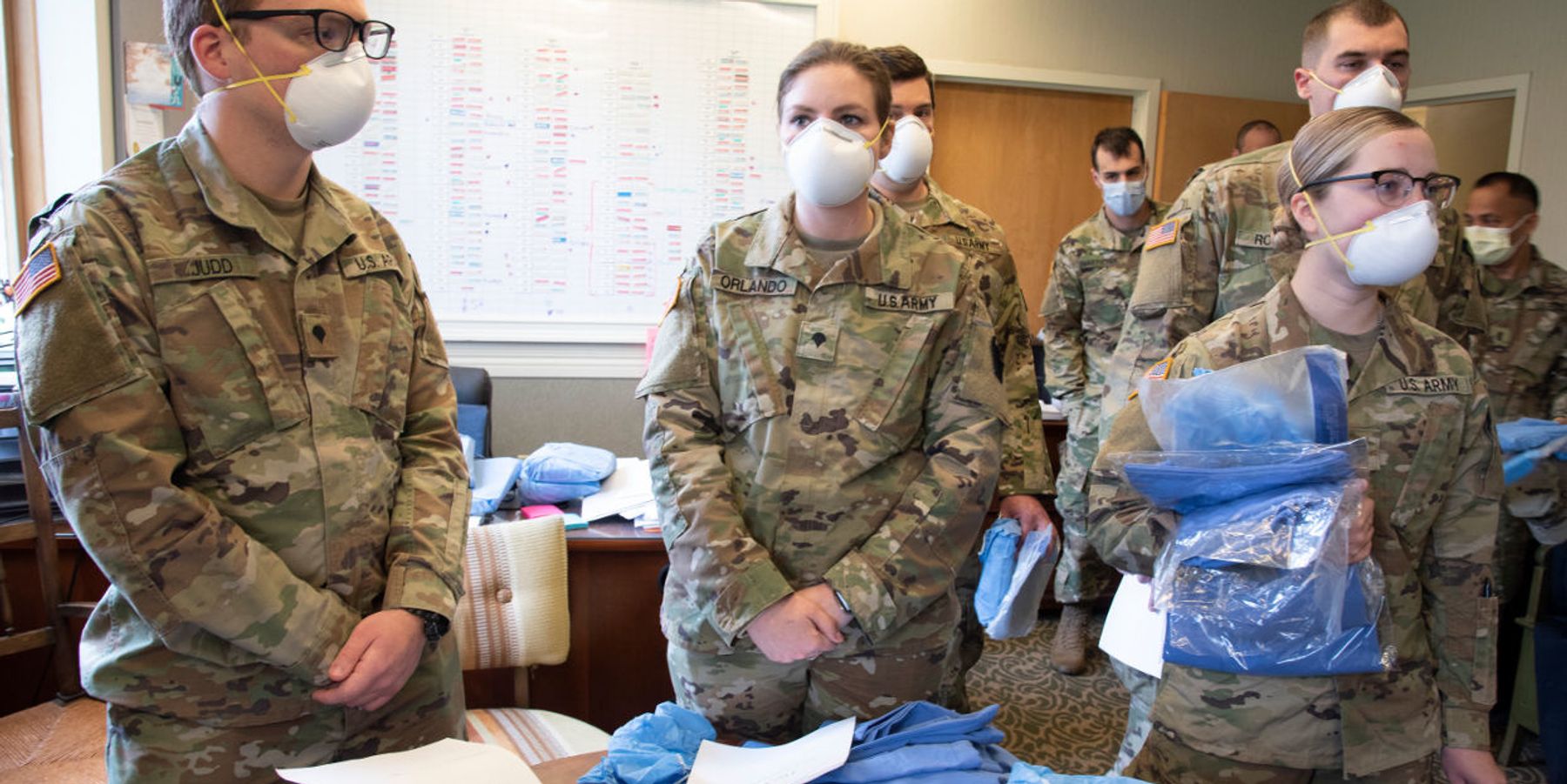
Pittsburgh region is a hotspot for air pollution and COVID-19 deaths: Report
The study adds to recent findings that the disease is deadlier in places with dirty air
PITTSBURGH—Allegheny County is among the 10 percent of U.S. counties that have both high relative density of major air pollution sources and high relative rates of COVID-19 deaths, according to a new report.
The report, which used data from the U.S. Environmental Protection Agency (EPA), the U.S. Centers for Disease Control (CDC), and the U.S. Census, and the Johns Hopkins University Center for Systems Science and Engineering, was published by the National Resource Defense Council (NRDC) in response to a recent Harvard study that determined that Americans with COVID-19 who live in places with high levels of air pollution are more likely to die from the disease than people who live in less polluted places.
Nationally, NRDC's report found that the 10 percent of counties with the highest COVID-19 deaths and the highest density of major pollution sources account for at least 114 million people. Counties in Michigan, Louisiana, Colorado, and other parts of the Northeast top the list along with Allegheny County.
 Highlighted counties are those were in the top quartile for both the number of facilities designated by EPA as having high priority violations of the Clean Air Act per square mile and the rate of COVID-19 deaths per capita. (Credit: NRDC)
Highlighted counties are those were in the top quartile for both the number of facilities designated by EPA as having high priority violations of the Clean Air Act per square mile and the rate of COVID-19 deaths per capita. (Credit: NRDC)Air pollution exposure has long been linked to higher death rates among those with other cardiovascular and respiratory illnesses.
Of the nation's 3,141 total counties (or county equivalents), the report places Allegheny County among 310 counties that meet two criteria: they're included in the top 25 percent of all U.S. counties for COVID-19 deaths per 100,000 people, and they're in the highest percentile for density of major air pollution sources relative to population size.
Facilities considered "major pollution sources" under the Clean Air Act include sites that either emit 100 tons or more of any air pollutant, emit 10 or more tons of a single hazardous air pollutant that causes cancer or other serious health problems, or emit 25 tons per year of two or more hazardous air pollutants.
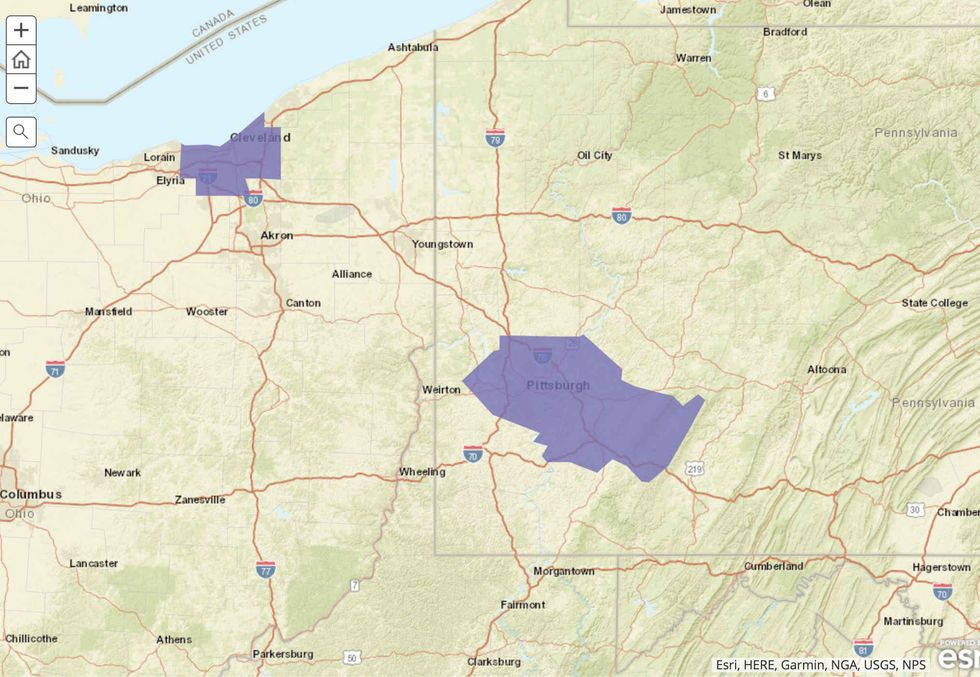
Highlighted counties are those in the top quartile for both the number of facilities in chronic violation of the Clean Air Act per square mile and the rate of COVID-19 deaths per capita. (Credit: NRDC)
To date, Allegheny County, which has a population of 1.2 million, has counted 1,289 cases and 94 deaths from COVID-19. This means that 7.3 percent of people who have tested positive for COVID-19 in the county have died from the disease. At the national level, the death rate for positive COVID-19 cases is around 4.3 percent—though all of these numbers are in constant flux as testing capabilities expand.
"The patterns of COVID-19 deaths are likely not accidental," Kristi Pullen Fedinick, director of Science and Data for NRDC and lead author of the analysis, said in a statement. "Though where you live should not impact how long you live, we see far too often that health disparities are linked to structural racism and economic inequality."
The report also places Allegheny County among the U.S. counties with both the highest relative COVID-19 death rates and the highest density of facilities in chronic violation of the Clean Air Act, and among the counties with both the highest relative COVID-19 death rates and the highest density of facilities that have been identified as having "High Priority Violations" of the Clean Air Act by the U.S. Environmental Protection Agency (EPA).
Allegheny County is one of 130 counties that's in the highest percentile for both relative rates of COVID-19 deaths and relative density of facilities in chronic violation of the Clean Air Act, according to the report. Being in "chronic violation" of the Clean Air Act means three consecutive years of violations between 2017 and 2019.
Allegheny County is also one of 179 counties that's in the highest percentile for both relative rates of COVID-19 deaths and relative density of facilities EPA has identified as having committed "high priority violations" of the Clean Air Act between 2017 and 2019. "High priority violations" are violations so egregious they indicate a need to step up enforcement, with the potential for federal intervention.
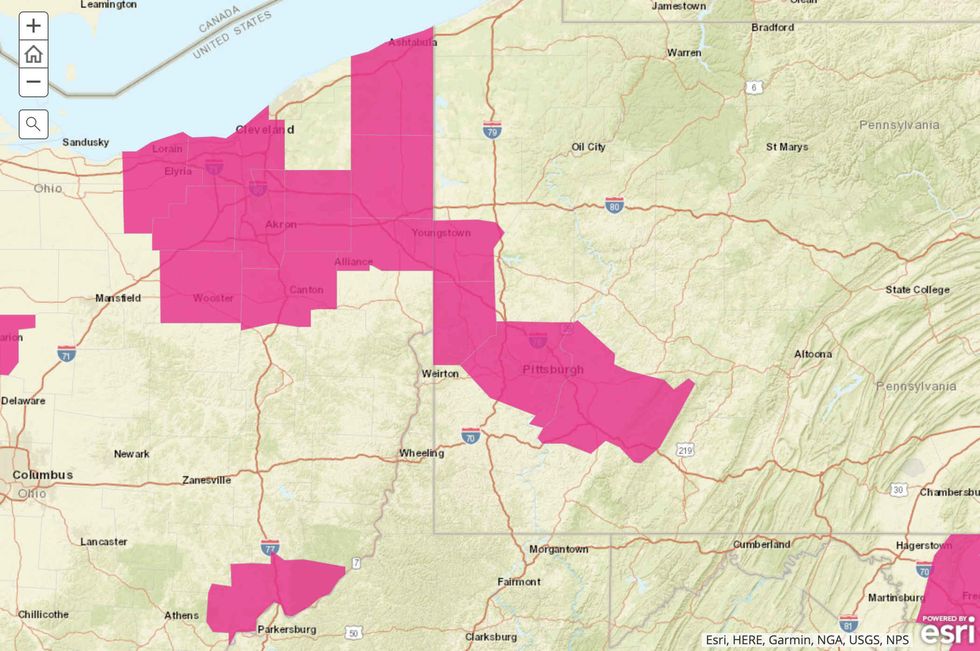
Highlighted counties are those in the top quartile for both the number of major facilities per square mile and the rate of COVID-19 deaths per capita. (Credit: NRDC)
The report comes on the heels of the American Lung Association's annual State of the Air report, which ranked the Pittsburgh region the 8th worst in the country for particulate matter pollution. Earlier studies have also placed Allegheny County in the top 2 percent for cancer risk from air pollution nationwide.
While the region has seen a dip in air pollution during rush hour amidst lockdown, an estimated 58 percent of Pittsburgh's air pollution comes from industrial sources, according to the EPA's National Emissions Inventory. Just 10 industrial facilities are responsible for more than 70 percent of the region's industrial air pollution, according to a report from environmental advocacy group PennEnvironment, and many of them—including U.S. Steel's Clairton Coke Works and Edgar Thomson Plants, Universal Stainless and Alloy Products, ATI Flatrolled Products, and the Cheswick Power Plant—are exempt from the state's coronavirus business closure requirements.
Meanwhile, the EPA announced at the end of March that it will allow companies to break pollution laws without penalties during the ongoing coronavirus pandemic, prompting widespread concern among public health experts. A coalition of environmental advocacy groups, including NRDC, have sued the agency in response.
"Instead of easing the pain of people, this administration is focused on easing the pain of polluters," Gina McCarthy, president and CEO of NRDC, said in a statement. "There is no excuse for giving polluters a free pass while loved ones all over this country are dying."
The Allegheny County Health Department, which oversees local air quality locally, has promised that it will continue enforcing clean air standards in the Pittsburgh region as usual. The Department did not return a request to comment on the NRDC report.
Banner photo: The Pennsylvania National Guard deploying to assist at a nursing home. (Credit: The Pennsylvania National Guard)



